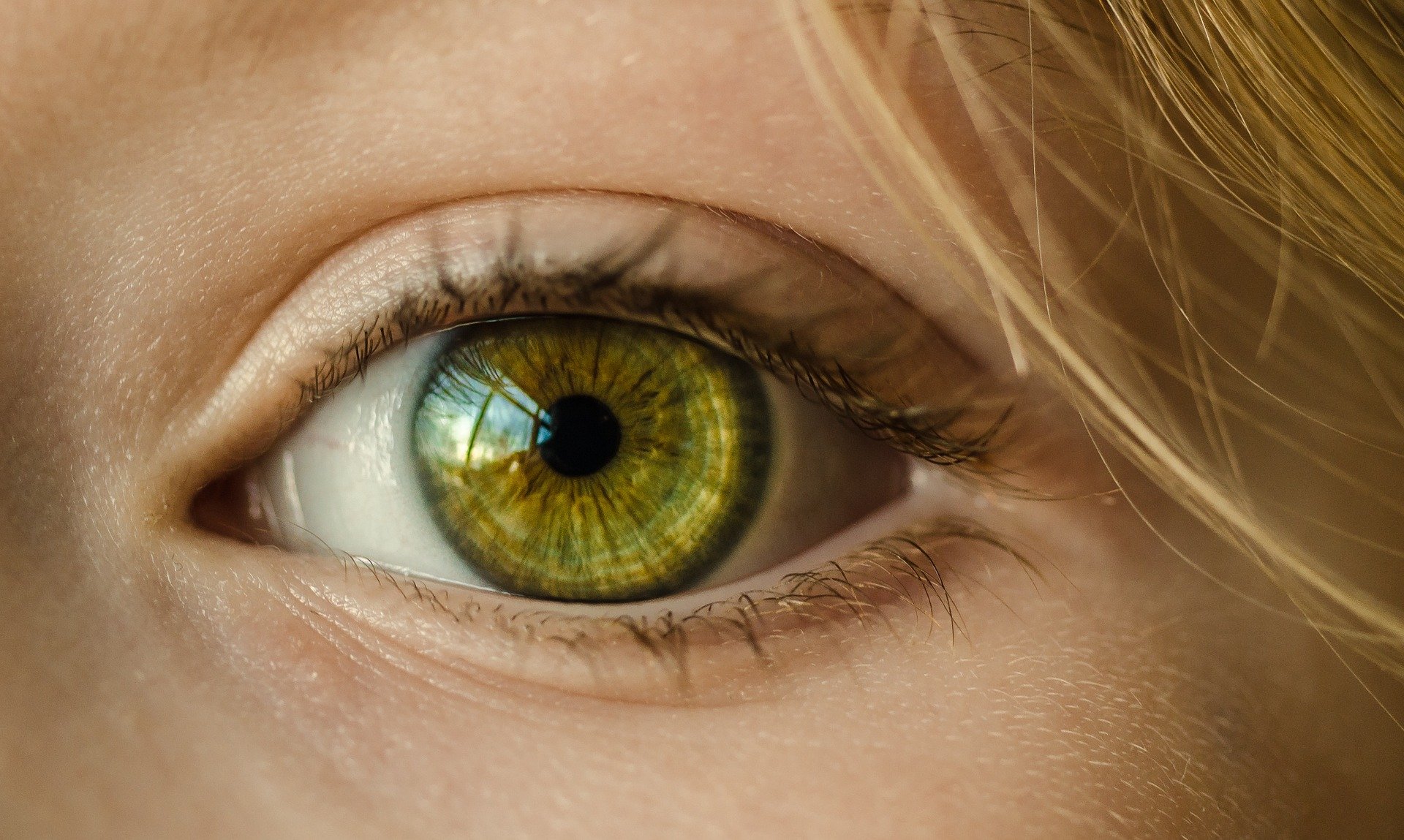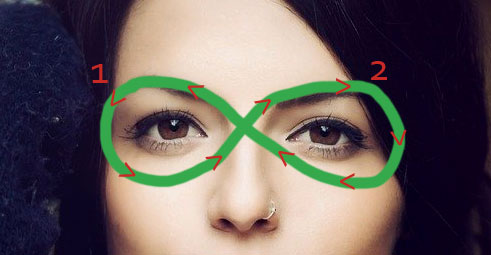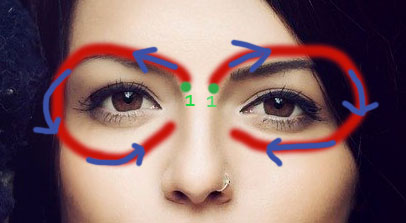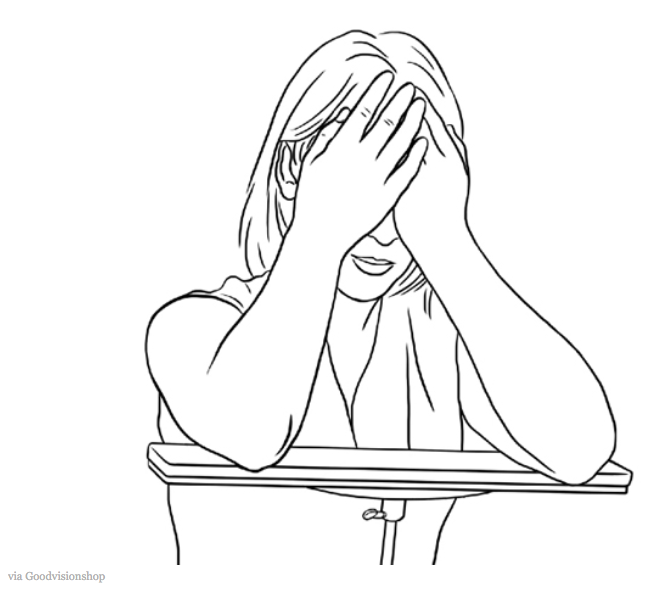Computers have provided us with incredibly efficient tools, yet the prolonged screen time they demand has altered how we use our vision, limiting its full potential. In this article, I revisit the fundamentals of eyesight and present 10 exercises designed to help prevent common vision problems associated with screen use, while also promoting relaxation.
Sight is a vital sense that allows us to perceive and interact with the world through our eyes, which capture external light rays. The brain then processes this information to form the images we see. Interestingly, vision problems are not always due to a dysfunction of the eyes themselves, but sometimes result from issues within the brain. Our mental and physical health, emotional state, and levels of stress can significantly impact the brain’s ability to interpret visual information, highlighting the intricate connection between the mind and vision. Common expressions like “seeing red,” “being in a blur,” and “not seeing clearly” reflect this strong link between our emotional state and how we experience sight.
Eyesight is also remarkably versatile, allowing us to see both near and far, perceive colors, and detect depth. These capabilities depend on the proper functioning of six eye muscles, which, like any other muscles in the body, require regular use to stay strong. When we focus too much on close-up tasks, such as reading, the movement of these muscles becomes restricted, which can impact their flexibility over time.
While screens are often blamed for a host of modern vision problems, they are not the only culprit. Poor lifestyle choices—such as an unhealthy diet or lack of physical activity—can have even more damaging effects on eyesight. It’s important to note that conditions like myopia, hyperopia, astigmatism, and presbyopia have existed long before the invention of screens. However, prolonged exposure to digital devices does appear to exacerbate these issues. Symptoms like migraines, dry eyes, and blurred vision often improve when we take a break from screens, indicating a link between screen use and visual discomfort.
In this article, we’ll explore a series of simple yet transformative relaxation exercises that can improve your well-being at work. Rooted in ancient traditions like Ayurveda, yoga, Traditional Chinese Medicine, and Dr. Bates’ techniques, these exercises are founded on the deep connection between body and mind. While modern society may have momentarily overlooked this essential relationship, science now confirms that physical activity positively influences mental health, and a stress-free mind enhances the body’s metabolic functions.
When applied to vision issues, this understanding leads us to a compelling hypothesis: could the quality of our eyesight reflect how we perceive and internalize the world around us?
“There is no difference between what is seen and the mind that sees it.” Yongey Mingyur Rinpoche
By incorporating the following exercises into your daily routine, you can mitigate the strain caused by prolonged computer use.
However, if you’ve recently noticed changes in your vision, it’s crucial to prioritize a medical consultation. Seemingly minor issues may sometimes mask underlying conditions, and early diagnosis is key to effective treatment.
EYE RELAXATION EXERCISES
1 -Blinking: prevent dry eyes and promote relaxation
When we focus on a screen, our blinking rate drops to almost 7 times less than usual, leading to dry eyes and discomfort. To counteract this, try a simple exercise: whether sitting or standing, blink deliberately—closing your eyes and reopening them slowly—around thirty times in a row, every hour.
In addition, french author Pascal Barbey explains that ‘This alternating closing and opening of the eyelids creates a stroboscopic effect. The brain receives a series of normal light perceptions, interspersed with brief periods of darkness. This sequence induces a sense of relaxation, as it reduces the unconscious control we maintain when awake.’
2 – Look into the distance every 20 minutes, or ‘See Beyond the Tip of Your Nose’
This exercise helps maintain your eye’s ability to shift focus between distances, similar to how a camera lens adjusts. Constantly focusing on nearby objects can strain your eyes, increasing the risk of myopia or blurred vision over time. To prevent this, take a break every 20 minutes and focus on something far away.
Similarly, when outdoors, whether walking in the street or countryside, make a habit of gazing into the distance as often as possible.
Remember: ‘It’s when you don’t have time to take a break that you need one the most.’
3 – Keep your eye muscles toned:
To strengthen your eye muscles, try this exercise once or twice an hour: with your head upright and still, look as far as you can to the right, then to the left, repeating this motion 10 times.
THEN
4 – Add oblique movements:
Keeping your head steady, shift your gaze down to the right, then up to the left in a diagonal motion. Do this 10 times, then switch sides, starting down to the left and moving up to the right.
THEN
5 – Vertical Eye Movement:
Without moving your head, look up and then down 10 times. When done consistently, this exercise helps tone your eyelids and can prevent sagging with age.
THEN
6 – Circular eye movements:
Make slow, deliberate circles with your eyes, first in a clockwise direction, drawing your gaze as close to the edges of your eye sockets as possible. Repeat the movement in an anticlockwise direction.
DID YOU KNOW?
In Traditional Chinese Medicine, (TCM), many health issues are linked to energy stagnation. According to this practice, the health of the eyes is closely tied to the liver, which also governs the tendons and muscles. Prolonged screen time causes energy stagnation, negatively impacting the liver. This imbalance can lead to migraines, waking up at night, mood swings, obsessive-compulsive behaviors, and even screen addictions.
7 – Roller coasters: regain your focus
If you find yourself struggling to concentrate or pay attention throughout the day, try a simple eye exercise known as the “figure eight.” Without moving your head, start by looking upward and trace a circular motion to the right (see movement ‘1’ in the diagram below), following the perimeter of your eye in a clockwise direction. Once you reach the inner edge, shift your gaze back up and trace a similar circle to the left (see movement ‘2’), this time in an anti-clockwise direction.
This figure-eight movement helps balance the tasks shared between the left brain, which handles logic and analysis, and the right brain, responsible for creativity and intuition. When you feel disoriented, unable to focus, or forgetful, it may indicate that one hemisphere is overexerted, signaling the need for mental relaxation.
For best results, follow the circuit as closely as possible to the edge of your eye sockets.
8 – Eye socket tapping: reenergize your focus
At midday, or when fatigue starts to set in, gently tap around your eyes for two minutes using your index and middle fingers. Begin at point 1 on the diagram and follow the arrows. This exercise stimulates acupuncture points, promoting energy circulation and releasing any blockages.
Tap the contour of your eyes, stopping at the inner corners before starting again at the inner edge of your eyebrows. This simple tapping can refresh your energy and ease eye strain.
9 – Chair rocking: a simple yet powerful self-massage
This subtle exercise, taught by Mantak Chia, offers effective relief: while seated, rock gently from side to side without lifting your buttocks, like a slow metronome. As you do this, smile softly and visualize each vertebra, starting with the first cervical vertebra (beneath the occiput) down to the sacrum (just above the tailbone). This rocking motion helps release built-up tension along your spine and stimulates the pineal gland, also known as the epiphysis, which produces melatonin, the hormone responsible for regulating our biological rhythms.
As you perform this exercise, pay attention to any sensations—tingling or warmth. You can practice this at any time, but it’s particularly beneficial before the next exercise.
Note: If you’ve just started a new job or are in a busy public place, it might be best to wait until you’re in a more private setting to try this! 😉
10 – Palming: rest your eyes and ease eye strain
Warm your hands by rubbing them together slowly, then cup them over your eyes without pressing on them. The goal is to block out light while keeping your eyes open, allowing the warmth from your palms to radiate toward your eyes. Focus on this soothing sensation for 3 to 5 minutes, letting the energy nourish your eyes.
This technique is perfect for quick relief during the day or as a calming routine before bed. If you’re doing it in the evening, try sitting with your elbows resting on cushions for additional support. Many people who suffer from eye strain or migraines find this exercise incredibly beneficial.
Palming position
BONUS TIP : Incorporating deep, mindful breathing into each of these exercises transforms them into a mini meditation, enhancing both relaxation and focus.
BENEFITS OF EYE RELAXATION
Stress is believed to be responsible for over 70% of modern illnesses, and the relaxation induced by these eye exercises can benefit not just your vision, but other aspects of your health and well-being.
– Release daily tension: Relaxing your eyes helps you unwind from the stress accumulated throughout the day, preventing you from carrying it to bed. Try exercises 1, 3, 8, 9, and 10 before bedtime to prepare for restful sleep. Think of your day like an extended workout session—just as you stretch after physical activity, your eyes need to stretch and relax at the end of the day.
– Combat ocular migraines: For those prone to ocular migraines, regular practice of these exercises, especially exercise 10, can provide much-needed relief.
– Improve or maintain your vision: If you’ve noticed your eyesight deteriorating, test your vision before starting these exercises. Practice them daily for 21 days, then test again. You might be surprised by the results! Even if your eyesight is perfect, incorporating these exercises will help you take necessary breaks, allowing screens to serve as useful tools, not tyrants over your time and health.
– Relaxation and consistency: These simple exercises can also double as relaxation techniques. The only reason they might not work? Not doing them consistently.
In Traditional Chinese Medicine, illness is never seen in isolation. The body’s symptoms often reflect deeper imbalances within the soul. Consider these common phrases and see if they resonate with you:
‘Not seeing clearly’ ‘Being in the dark’
‘Seeing through the small end of the telescope’ ‘Having fixed ideas’
‘There are none so blind as those who do not want to see’ ‘Not seeing beyond the end of your nose’
‘Miracles do not happen against nature, but only against what we know of nature’.
St AugustineSt Augustin
EXPLORE FURTHER
– Since energetics considers that sight problems are linked to energetic tensions, the results of a shiatsu or reflexology session can sometimes be surprising. What is shiatsu? And reflexology?
– The Bates method
Developed by Dr. William Bates (1860-1931), this method includes a series of exercises designed to address various vision issues.
+ info
– Aldous HUXLEY. The Art of Seeing – Reading without glasses thanks to the Bates method.
Most of us know Aldous Huxley for his novels (‘Brave New World’, ‘The Doors of Perception’, etc.), but few are aware that he was nearly blind by age 16. At 45, he discovered the Bates Method, which helped him regain the ability to read without glasses. His book ‘The Art of Seeing’ is dedicated to this transformative method.




